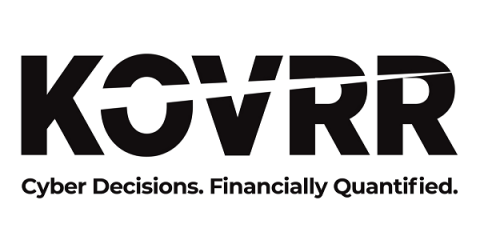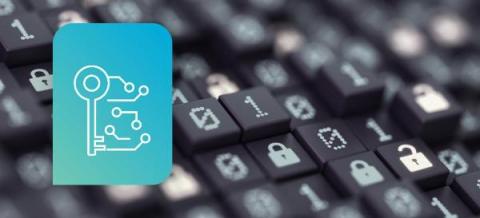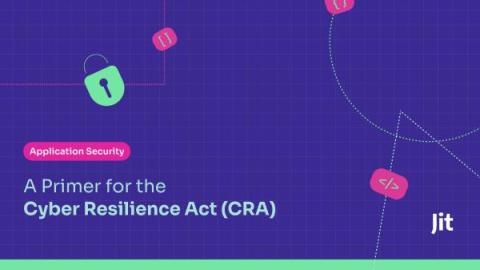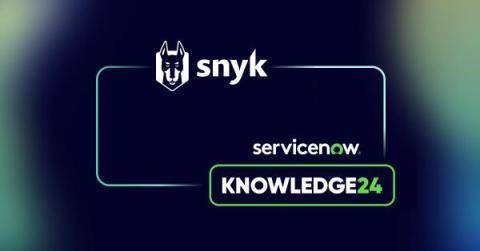7 Steps for Developing a Data Breach Response Plan
Data breaches are a constant threat these days. One click on a malicious link could send tons of customer information flying out the window. Even with all the strategies and tools to prevent them, unauthorized people keep gaining access to sensitive data. So, maybe it’s not a matter of whether your company will ever experience a data breach but about when. The million-dollar question is: will you be ready to respond effectively against hackers when the time comes?











